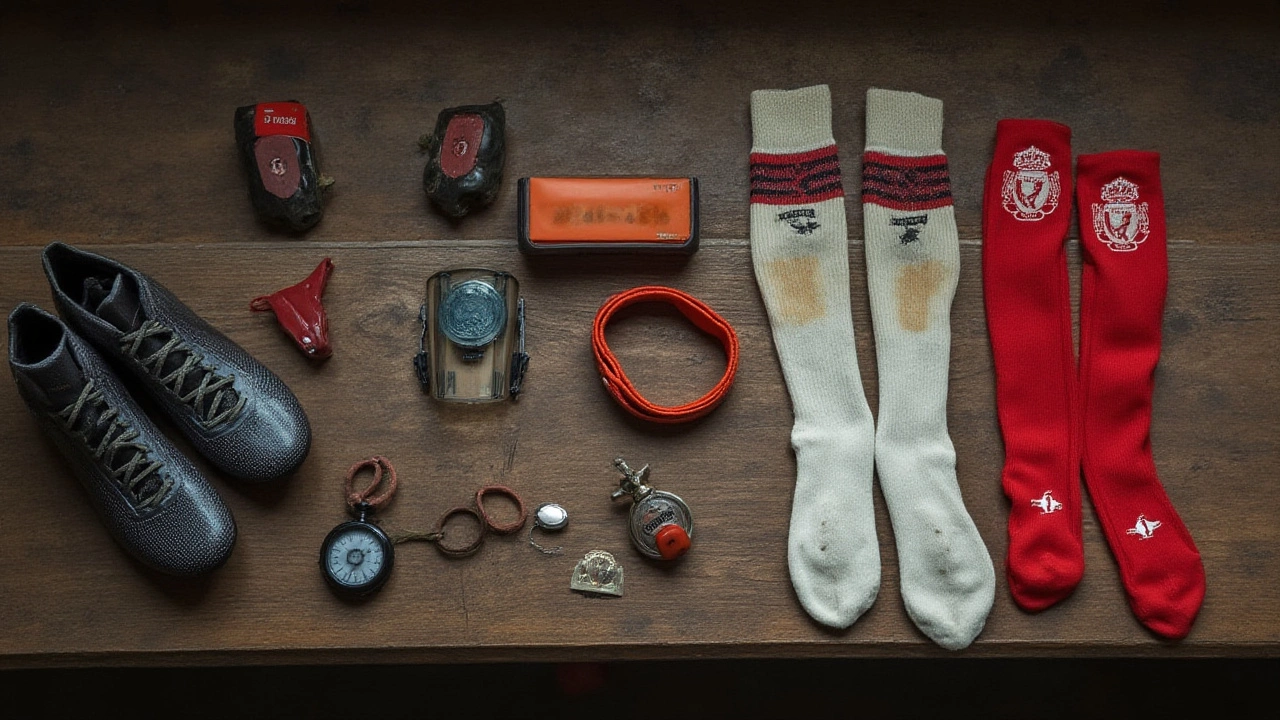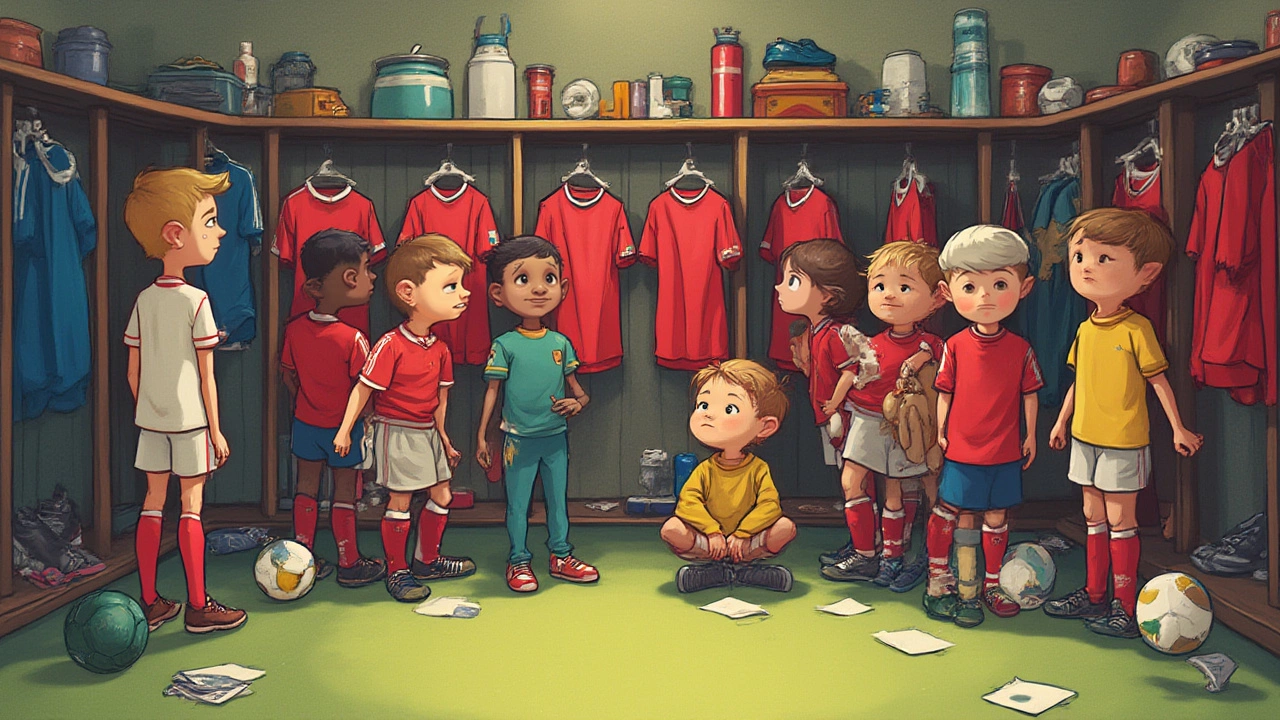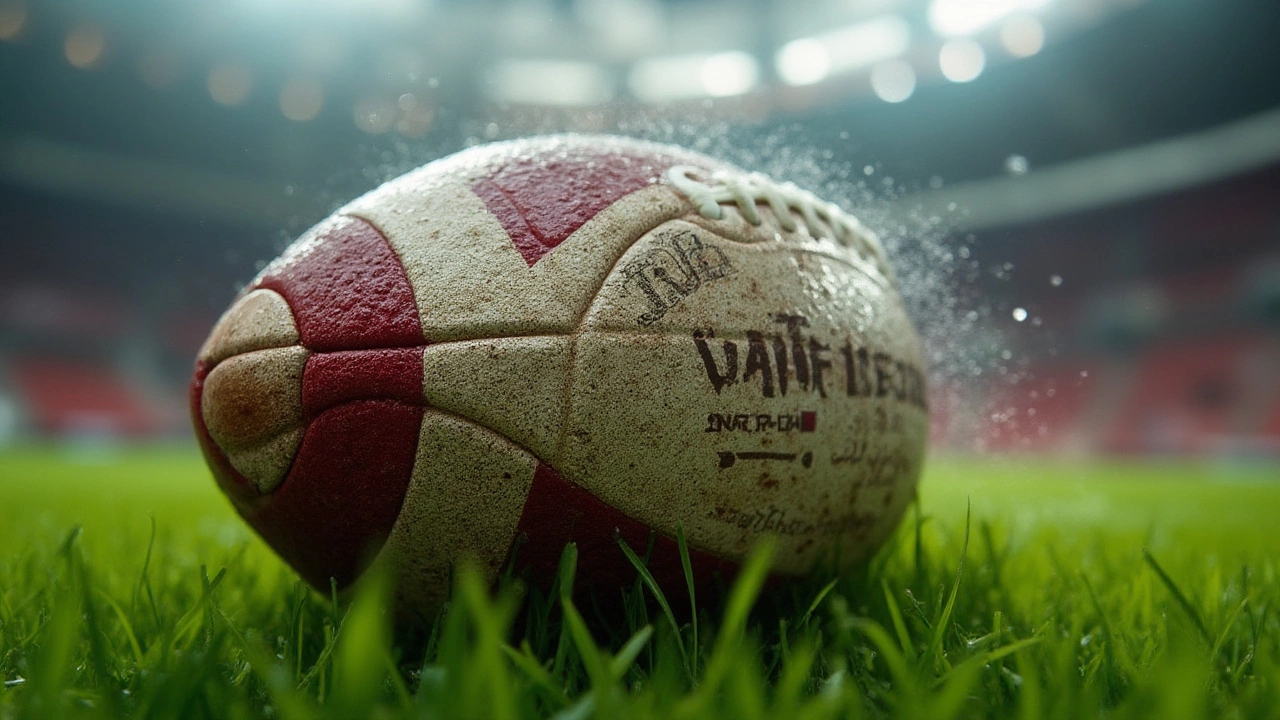You hear the word “football,” and it’s easy to picture wild tackles, game-winning goals, or that electric stadium roar. But have you ever stopped and thought about the actual stuff—the gear—behind those moments? Some pieces you notice right away, like the ball and the goals. But the little things—the layers protecting players, the technical gear, equipment for practice, and even the science of fabrics—can be just as fascinating. There’s a reason football equipment keeps evolving: a better kit can mean a safer, smarter, and even more spectacular game. The real surprise? Most casual fans have no idea how much thinking and tech goes into every part of the sport, whether you’re a weekend warrior or a pro at Wembley. Let’s get into what every football player actually needs—and why every piece matters.
The Core Gear: Footballs, Boots, Kits, and the Basics
Let’s tackle the basics first. Without the ball, football wouldn’t even exist. Official match balls must be between 68 to 70 cm in circumference and 410 to 450 grams in weight, according to FIFA’s laws of the game. That’s true whether you’re in the World Cup or Sunday league at the local park. Today’s top balls, like the Adidas official match balls, aren’t just stitched from random bits of leather. They’re carefully engineered with synthetic panels, seamless surfaces, and temperature-resistant materials. The best balls are designed for both flight accuracy and durability. Notice how, since the early 2000s, most pro balls have thermally bonded panels instead of old-fashioned stitches? That reduces water uptake and keeps the ball light, even in pouring rain. The physics of the football is so precise that top-level balls are tested for shape retention and bounce using robots that replicate 2,000 kicks from different directions.
Next up are boots—probably the most personal item for any footballer. Forget one-size-fits-all: the shape, material, and even sole pattern of your boot changes depending on your playing position, your style, and even the pitch surface. Lightweight synthetic or kangaroo leather uppers are common now, giving a snug fit and sharp touch for dribbling or quick turns. You’ll see FG (Firm Ground), SG (Soft Ground), AG (Artificial Ground), and even multi-ground boots—each made for a specific type of surface. Playing on wet grass in AG boots is a recipe for slipping, while using SG boots on astro turf might destroy the pitch and your ankles. Messi and Ronaldo use hyper-personalized boots with built-in data trackers (like Adidas’ MiCoach chip) to log running distance and sprints during matches. The common trick pros use? Swapping laces for grip-enhancing silicon strings—those tiny customizations add up!
The standard football kit—shirt, shorts, socks—might seem simple at first, but there’s a good deal of tech hiding in your average jersey. The fabric needs to stretch, wick sweat, keep the player cool, and allow for sponsor logos that last dozens of washes. Top teams use polyester with mesh zones under the arms or back to vent heat. Shirt numbers are heat-pressed onto the fabric for lighter weight. Even the socks now feature compression bands to support your calves during continuous running.
Here’s a fun fact: the goalposts themselves are regulated, too. Modern posts are aluminum or steel, about 2.44 meters high and 7.32 meters wide, with nets that must withstand hurricane-level pulls. According to a study by the University of Sheffield, over 1,800 test strikes are performed on pro-level nets to check they won’t tear during a 90-minute match. Don’t forget captain’s armbands—required in all matches—and referee whistles, which have a specially-tuned pea inside so every player can hear the sound in a crowded stadium.

Protection and Performance: From Shin Guards to Smart Tech
Step onto any pitch, and you’re likely to see something sticking out of every player’s socks: shin guards. They’re not just for looks; they became mandatory after the 1990s when injuries from heavy tackles skyrocketed. Today’s shin guards are usually made of lightweight, impact-absorbing materials like EVA foam and thermoplastic. Pros wear ultra-thin carbon-fiber guards for maximum protection without slowing down. Want to know a subtle pro tip? Many players cut the feet off their match socks and wear compression sleeves underneath to hold their shin guards firmly in place—that’s the secret to keeping them from sliding around while running or turning.
Goalkeepers, the unsung heroes (or villains) of every game, probably have the most unique set of gear. Gloves are vital: modern goalie gloves have thick latex palms, finger spines to reduce hyperextension, and sticky surfaces for catching high-speed shots. It’s not just about comfort; a study by Loughborough University found that pro-quality gloves can boost catch rates by as much as 15% compared to bare hands. You’ll also see goalie pants with padded hips and knees, long-sleeve tops to reduce scrapes, and sometimes even protective skull caps—especially in youth leagues—to reduce concussion risk.
There’s also growing use of wearable tech. GPS trackers stitched into vests or waistbands gather data on distance covered, sprint bursts, and even collision impacts. Premier League clubs use Catapult’s performance vests for training; youth teams are starting to follow suit. Athletes can analyze every stat after training, tweaking runs or sprints for better efficiency. For recovery, ice vests and compression boots have snuck into pro locker rooms. These speed up muscle recovery after demanding matches or tournaments, and more community teams are getting access to them thanks to falling tech prices. If you thought only pros used cutting-edge equipment, think again; smart ball sensors—even for basic drills—are now showing up in amateur training, measuring things like shot power or spin with smartphone apps.
Sports equipment football isn’t complete without talking about field equipment. Corner flags, substitute boards with LED lights (stopwatches and hand signals are ancient history), spray paint for free-kick marks, and even water bottles (each player has one—especially since Covid-19 protocols kicked in) round out the scene. Some stadiums even have climate control tech below the grass, using pipes that pump warm or cool water under the surface to keep pitches pristine, no matter the season. For bigger matches, VAR (video assistant referee) technology needs its own suite of laptops, high-speed cameras, and instant replay screens. Even referee headsets are high-tech now, with encrypted radio links to sideline assistants for real-time decision-making.

Practice Makes Perfect: Training Equipment and Preparation
If you thought the real action only happens during the match, wait till you see a football team’s training session. Practice gear runs from the essentials—cones, small goals, bibs—to high-tech drills that track every movement. Training bibs aren’t just about color-coding; modern ones are vented, quick-drying, and adjustable even for the bulkiest winter layers. Cones and slalom poles create agility runs that mimic quick turns and close ball control under pressure. Coaches love rebounder nets and portable
